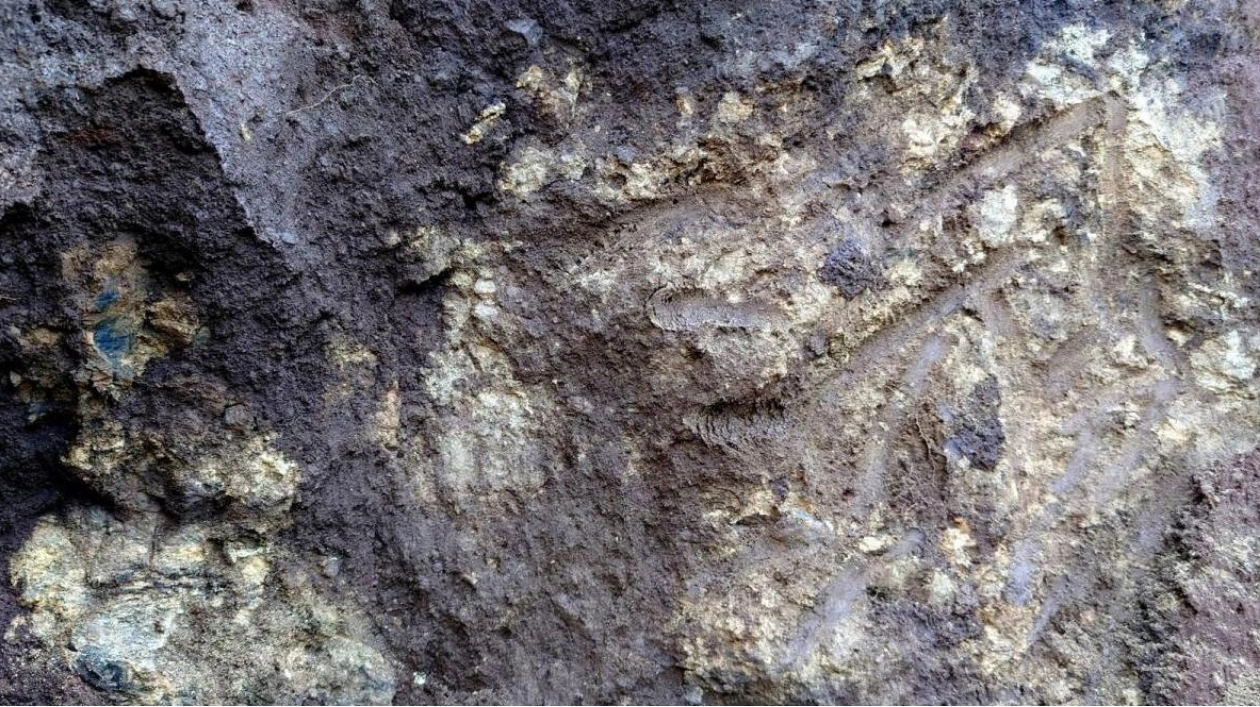Weak demand and abundant supplies are putting pressure on the prices of the 17 rare earth minerals used in various technologies, from lasers to electric vehicles, with no immediate catalyst for improvement, according to industry insiders. Despite a 7.5 percent year-on-year increase in Chinese exports of rare earths in the first seven months of 2024, prices continued to decline, reaching near their lowest levels in over three years. A London-based buyer, who requested anonymity due to lack of authorization to speak to the media, noted an increase in offers for rare earths, suggesting difficulty in finding buyers.
Prices for dysprosium oxide and terbium oxide have dropped by 32 percent and 26 percent respectively this year, according to Argus Media. Ellie Saklatvala, an analyst at Argus Media, highlighted that dysprosium and terbium are particularly vulnerable to oversupply in China due to reduced consumption by local magnet manufacturers over the past decade to cut costs. Additionally, prices for neodymium oxide and praseodymium oxide have fallen about 15 percent in 2024, as per Shanghai Metals Market data.
Analysts anticipate a slowdown in the growth of China's rare earths mining quota this year, following a 21.4 percent annual increase to 255,000 tons in the previous year. Prices briefly rose in July on expectations of state purchases by Beijing for stockpiles, but retreated when no such action occurred. The National Food and Strategic Reserves Administration did not comment on the matter. A Chinese rare earth magnet producer expressed uncertainty about future demand, noting pessimism outside of the new energy vehicle sector.
A rare earths processor in Jiangxi province expects market stability after October, attributing recent weakness to anticipatory selling ahead of new national security regulations effective October 1. The processor noted growing demand from the EV sector but emphasized excessive supply. Declining prices have negatively impacted profits and revenues of major producers like China Northern Rare Earth, China Rare Earth Resources and Technology, MP Materials, and Lynas Rare Earths.
Edvard Christoffersen, an analyst at Rystad Energy, stated in an August 14 webinar that many producers are currently operating at a loss and holding onto supplies, anticipating better market conditions. He forecasted eventual demand growth for rare earths, particularly in sectors related to energy transition like EVs and wind turbines.






